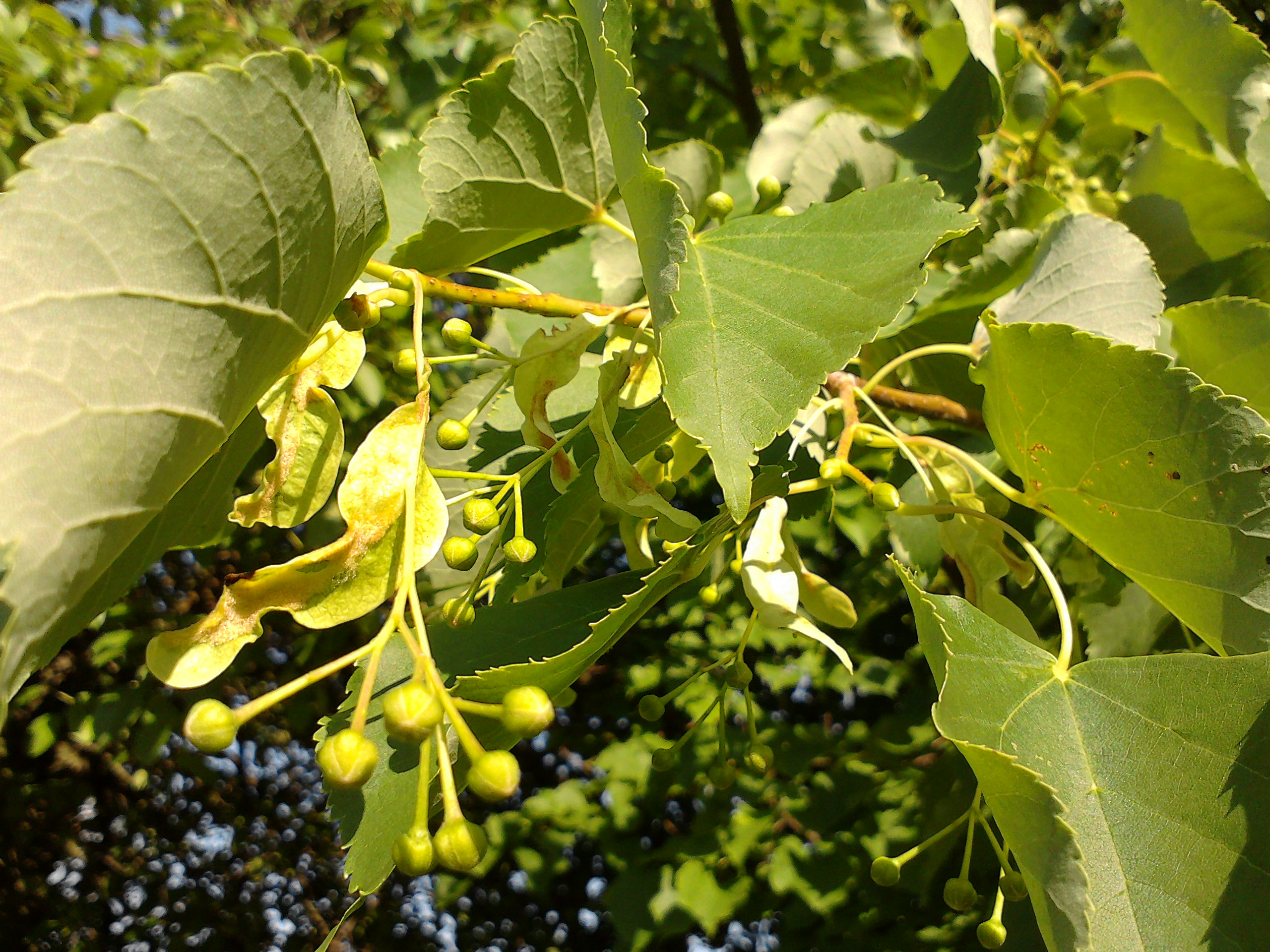
Pau Pámies Grácia, CC BY-SA 4.0
Slovenia
Linden Tree
Tilia europaea

Pau Pámies Grácia, CC BY-SA 4.0
General Description / Cultural Significance
The Linden tree (Tilia europaea) was an important symbol of the Slovenian nation before Slovenian national awareness existed. Since being first recognized as such a widespread national symbol, linden trees in Slovenia are a major part of the people’s cultural identity and are typically planted during national celebrations and other special commemorative occasions like birthdays, deaths, or personal milestones in one’s life.
Long ago, village assemblies, councils, and other gatherings were typically held under these trees. Some of the currently living linden trees in Slovenia are 700 years old—a blatant indicator of their physical and symbolic longevity.
Early on, the Linden leaf became an emblem of Slovene national pride as Yugoslavia and communism began to crumble. Linden trees were also employed as a national representation in the advertising campaign “Slovenia, my country.” This campaign served both to promote Slovenian tourism and to allow its residents to revel in a newfound sense of national pride.
Climate Change / Conservation Status
The number of Linden trees in and around Slovenia is dense and low on the list of plant species we need to be concerned about conserving. Indigenous to the country, the tree usually grows in dense forests. The trees can also survive standalone, as many people plant them individually in front of churches, villages, or homes for a variety of symbolic purposes. Many species live in association with the linden tree, whether they are eating its leaves and fruit or inhabiting its branches.
Many variations of the linden tree in Europe have long been able to withstand a full spectrum of extreme temperatures and dryness. Coupled with an extremely high cold tolerance, its ability to retain moisture during dryer periods explains its miraculous longevity. During periods of extreme heat, the leaves will skew at an angle, exposing the underleaf, which eventually turns white to reflect more solar radiation, reduce leaf temperatures, and ultimately reduce the tree’s water loss rate.
Alternate Names
Lime Tree
Pry Tree
Lipa
Tilia
Sources
Jensen, J.S. “Euforgen Secretariat.” Tilia Platyphyllos – EUFORGEN European Forest Genetic
Resources Programme, 2003, www.euforgen.org/species/tilia-platyphyllos/.
Johnson, O. & Sutton, J. (2020), ‘Tilia tomentosa’ from the website Trees and Shrubs Online
(treesandshrubsonline.org/articles/tilia/tilia-tomentosa/). Accessed 2024-03-05.
“Symbols of Slovenia : Slovenia 25 Years.” Symbols of Slovenia | Slovenia 25 Years, SL
Government Communication Office, 22 Dec. 2015, www.slovenia25.si/symbols-of-
slovenia/linden-tree/index.html.

